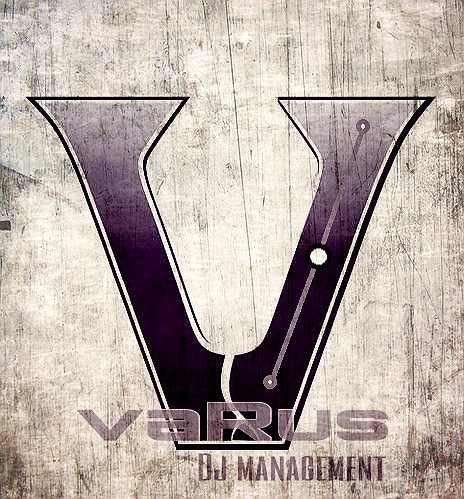Audio Routing
Using an external mixer means that you’ve got clear dedicated hardware control and independent outputs for everything imaginable. This means routing to the booth, record outputs, master speakers, and headphone jacks all with clear related volume control.
Controllers tend not to have a dedicated output for everything because of the added complexity and cost they require. These outputs (especially the headphone) can often be quite a bit louder on full-sized mixers due to the fact that they always have full power. Many small controllers, like the Traktor S2, are forced to compromise on output levels due to the fact that they run on USB power alone.
Mixing Control
Dedicated full-size mixing controls on a well designed surface usually beat out controllers (especially some of the smaller ones which compromise performance space for portability). Having proper space between all of the faders and EQ are critical to keeping a good mix and feeling comfortable in the heat of a set. Many mixers, like the Pioneer series, have their own built-in hardware effects that make it really easy to add dynamics and flavor on the fly with complex routing possibilities. One example I love putting an echo post crossfader and then using the fader to cut out the track, leaving a nice echo trail behind. Try to set that up in DJ software!
Integration Possibilities
When mixing externally, the potential for experimentation with FX units and inputs is endless. Many mixers have a full FX send/return, meaning that the world of dedicated effects hardware is wide open


No comments:
Post a Comment